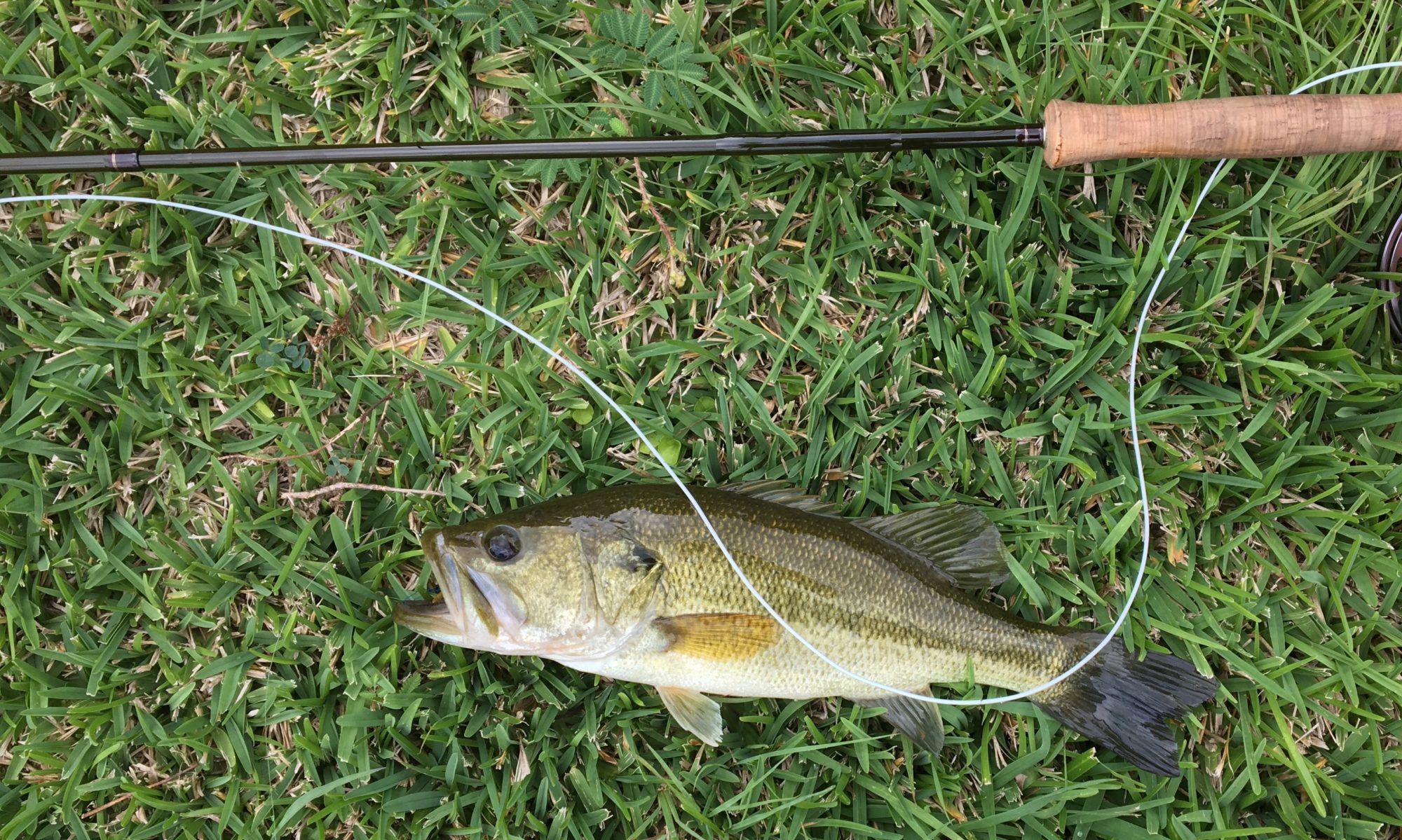Salmon and steelhead go home to spawn. The best guess is that salmon navigate to their river mouth magnetically, then go upriver by smell or road signs or whatever. It’s no random river either. It’s their natal river, and often their natal stretch of gravel.
There are lots of bad things that can happen to salmon in the ocean. They’re predators, but they’re also prey. There are things bigger than them, including our nets, but if they make it to freshwater their problems are only beginning.
Of course some salmon go astray and end up in the wrong river, which is genetically a good thing, but there are strong ties between a particular salmon and a particular river. Pacific salmon populations are generally healthy, but salmon populations are often discussed in terms of specific rivers, and even specific river segments. The Sacramento River chinook population and the Snake River sockeye population are each endangered, while chinook or sockeye as a species are not.
A hen steelhead will contain from 200 to 12,000 eggs, so there’s plenty of redundancy. Individual casualties happen without hurting a river’s overall population. That said, in Oregon population trends are not upward. There are plenty of natural predators, but we’re the real problem. We harvest salmon a-plenty, both commercially and for sport. We’ve destroyed habitat by lumbering and farming and development. We’ve hurt the health of populations by introducing hatchery fish into the wild. All of those things have decreased the Oregon salmon population.
And we’ve built dams.
Well, the world has seven wonders, the travelers always tell
Some gardens and some towers, I guess you know them well
But the greatest wonder is in Uncle Sam’s fair land
It’s that King Columbia River and the big Grand Coulee Dam
Woodie Guthrie, Grand Coulie Dam, 1941.
According to the Northwest Power and Conservation Council, there are more than 400 dams in the Columbia River drainage. There are 14 on the Columbia alone, and five on the Deschutes. Construction began around the turn of the last century, and continued for 70 years. The Columbia is not a free-flowing river. It’s drainage is not free-flowing.
Roll on, Columbia, roll on
Roll on, Columbia, roll on
Your power is turning our darkness to dawn
So roll on, Columbia, roll on
Woodie Guthrie, Roll On Columbia, Roll On, 1941.

Corps of Engineers, Dip-netting at Celilo Falls, before construction of the Dalles Dam in 1957.
The dams provide flood control and irrigation, but most importantly they provide electric power. In an odd stroke, Woodie Guthrie, unemployed and broke in Northern California, was hired for one month by the Bonneville Power Authority to narrate a film about the Columbia River dams. He’d never been to Oregon before. He wrote 26 songs in 30 days, and among them are some of his best. He knew the value of elctricity to Depression-era laborers and farmers.
Yes, Uncle Sam needs wool, Uncle Sam needs wheat,
Uncle Sam needs houses and stuff to eat,
Uncle Sam needs water and power dams,
Uncle Sam needs people and people needs land.
Don’t like dictators not much, myself,
But I think the whole country ought to be run
By electricity!
Woodie Guthrie, Talking Columbia Blues, 1941.

Federal law required fish migration to be considered in dam construction, and fish ladders and bypasses were built into the dams. While the bypasses may have worked well enough for the adult salmon, salmon migration is a two-way street. Juveniles must go to the ocean. Originally that was supposed to occur via the turbines and top-dam discharges, but turbines are fish killers, and spilling off the top left fish stunned and easy pickings or dead. Dam operators and builders have tried other methods, including bypasses and capturing and trucking juvenile fish. It’s expensive. Maybe some of the methods work.
In recent years some smaller dams have been removed, but there are no plans to remove any of the larger dams.

Fish Ladder, U.S. Fish & Wildlife Service.
Deschutes river advocates, notably the Deschutes River Alliance, believe that a 273-foot tall water withdrawal tower constructed by Portland General Electric in 2010 at the Pelton Round Butte dam has destroyed the fishery in the lower Deschutes, right about where we’ll be fishing. The tower was intended to capture fish for transport around the dam and to help restore the river below the dam by controlling discharges. Before construction of the tower, PGE had released only cold, oxygen-rich water from the bottom of Lake Billy Chinook. The Alliance argues that the top water that’s now part of the discharge is contaminated agriculture runoff that violates standards for water temperature, pH, and dissolved oxygen. They believe the contaminated water creates algae blooms in the lower Deschutes, kills insect life, and ultimately decimates trout, salmon, and steelhead.
It’s all a bit Lake Okeechobie.
The Alliance sued in 2016, and in August of 2018 the court ruled that the Alliance presented no evidence that PGE was violating its discharge permit. The Alliance says it will appeal.








